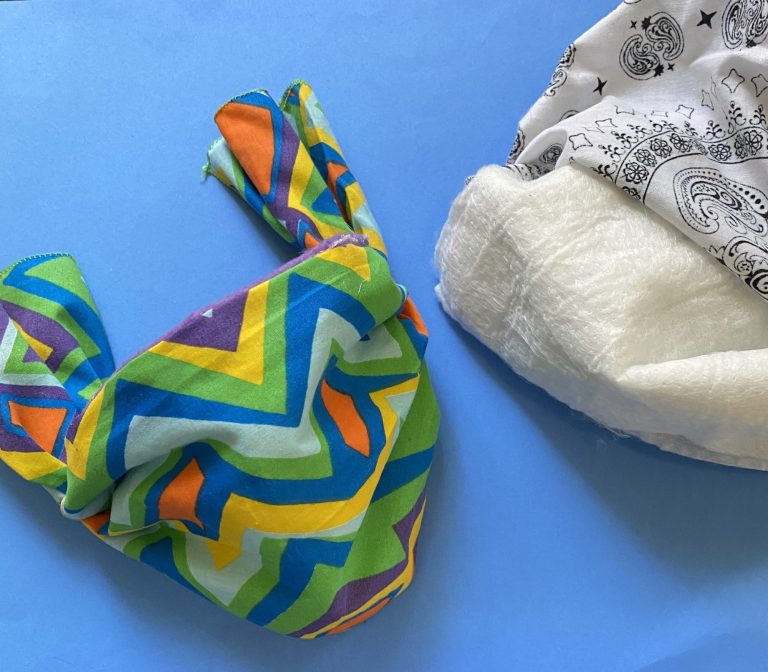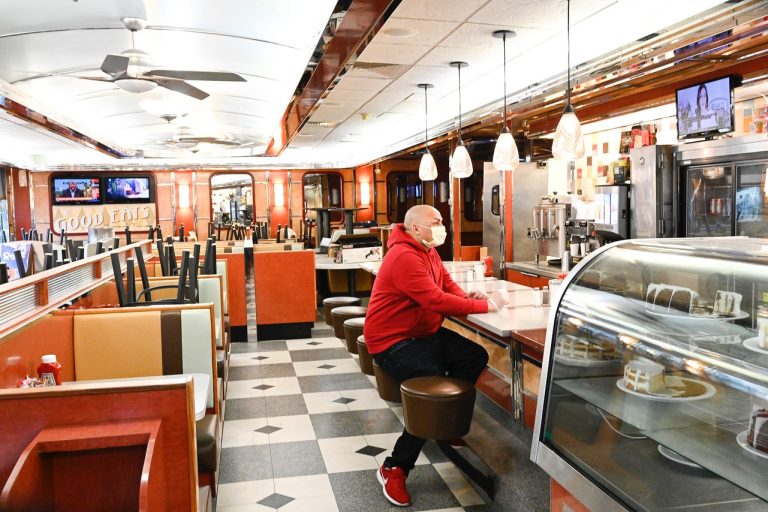10 Movie Picks by Farr: Corona Watch List
Many people think of The Bedford Playhouse as offering mainly older titles, but it just ain’t so. After all, classics come in all shapes, sizes and ages. The 10 recommendations below were all released over the past decade. Many are lesser-known films that audiences may have missed – a balanced…










